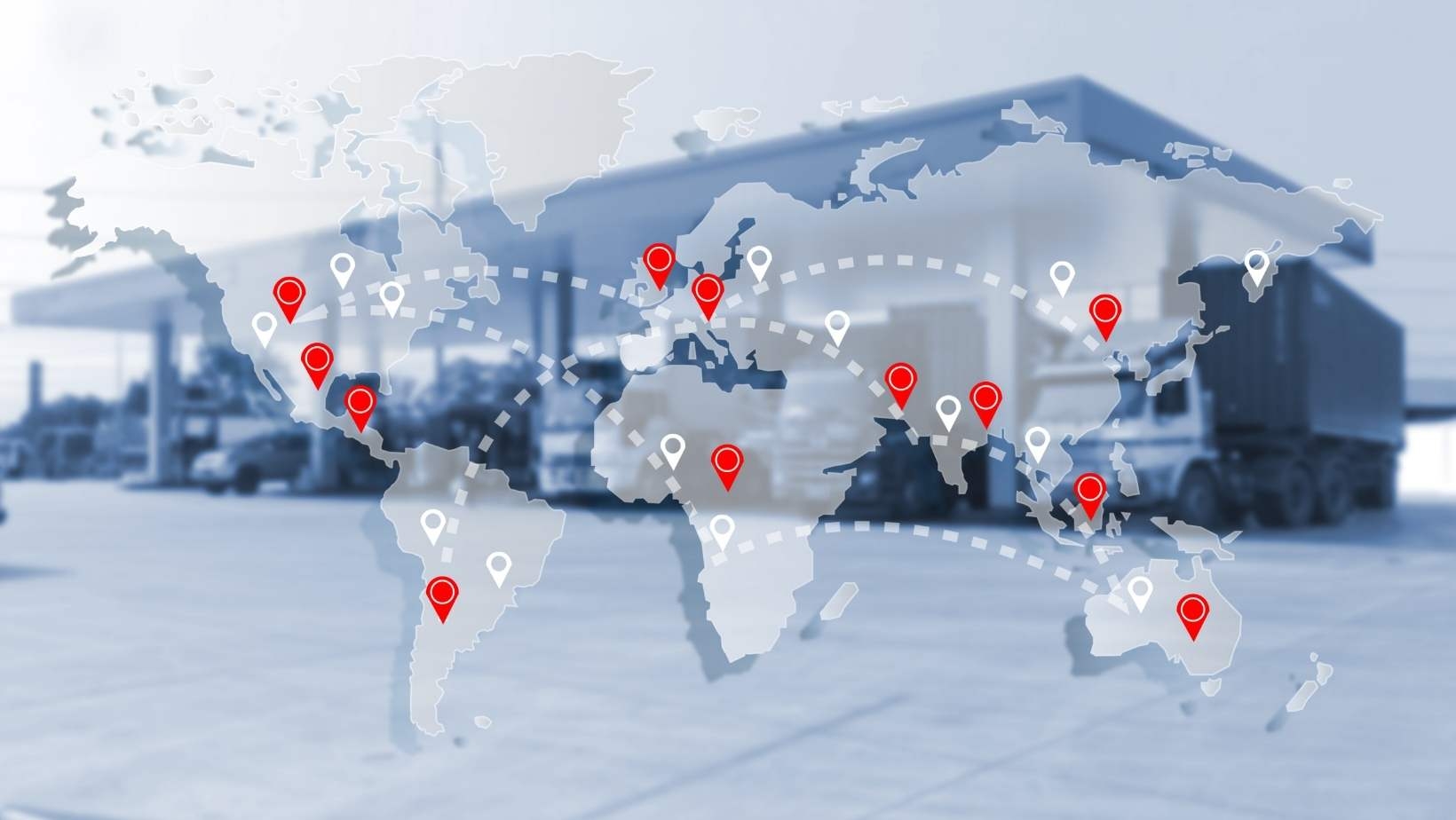News -Jul 29, 2022
What is Intermodal Trucking: The Complete Guide

SimpliRoute
Logistics
Industry
Distribution
The world of freight transportation changes every day. As businesses search for the most cost-effective method of moving products, the phrase intermodal trucking will undoubtedly appear. But, what is intermodal trucking, and what can it do for your business?
Driver shortages, skyrocketing fuel prices, and inventory tracking impact the cost and time required to move freight. Transportation over the road (OTR) is cost-prohibitive and subject to severe delays in today's market. Conventional intermodal freight transportation subjects your product to extra handling, which may result in damage or loss. Intermodal trucking reduces the cost of OTR and potential damage or loss incurred by intermodal freight transportation.
Specialized containers mounted on standardized chassis are the key to intermodal trucking. The containers can easily be transferred to train cars or ships without handling the freight. Once the freight is loaded, the container is sealed and will not be reopened until it reaches the recipient. When the container reaches the rail yard or port, it will be transferred to a trailer for delivery to its final destination.
What is the Difference Between Intermodal Trucking and Intermodal Freight Transportation?
Simplicity is the main difference between intermodal trucking and intermodal freight transport. Simplicity is more efficient, cost-effective, and safe. The term intermodal freight states the problem right in its name. It is potentially individual pieces of your merchandise transported via truck, train, or ship. The cargo in intermodal trucking is safe within a sealed container. Only the container will be moved. Only the container must be tracked. Your product is safe inside. Simple.
Pros of Intermodal Trucking
Cost Effective
Intermodal trucking reduces the cost of transporting nearly every material. Shipping large volumes of freight by rail or ship is less expensive that OTR transportation. The reduced fuel consumption and lower handling fees for intermodeal trucking reduce cost significantly.
Greater Capacity
The moving power of rail and ships dramatically increases the amount of material that can be transported. In most cases, trucking from your site to a rail yard is under 100 miles. A single driver can often move several intermodal truck boxes in a day rather than spending several days moving one truckload across the country.
Safety
A sealed container on a rail car or ship is less likely to suffer damage or theft than freight in a trailer or warehouse. Your shipment is not transferred from one conveyance to another. Carriers will only handle the container box. Once on the railcar or ship, the container is in
motion or a secured facility.
Environmentally Friendly
Freight moved by rail or ship enjoy the sustainability benefits inherent in bulk transport systems. According to the EPA, bulk shipping via rail or ship is up to five times more efficient than moving the same amount of freight by truck. Shippers can reduce their carbon footprint and costs by using intermodal trucking.
Intermodal Transportation Types
There are several variations of intermodal trucking container configurations.
Container on Flat Car (COFC) is the most common and cost-effective. In this format, the container is removed from the trailer chassis. Container boxes can be stacked, enabling a rail car to carry four containers.
Trailer on Flat Car (TOFC) transportation loads the entire OTR trailer onto the rail car. Only two containers can be loaded on a rail car in this configuration.
There are also several types of containers employed by the intermodal trucking industry.
Dry Freight - The most common container.
Insulated Container - Protects materials from extreme temperatures.
Open Top - Used for tall or oversized equipment that will not fit in closed container
Flat Rack - For long, tall, or oversized materials.
Refrigerated - Equipped with refrigeration units for perishable items.
Tank - Designed to carry a variety of liquid or powder materials.
Example of Intermodal Transportation
A manufacturer orders an intermodal shipment. A carrier delivers a container trailer to the plant. When the container is loaded and secure, the trailer is taken to a local railyard. The container or trailer is loaded onto a rail car. The railroad transports the container across the country to a yard near the delivery point. The container is removed from the rail car, placed on a trailer chassis, and delivered to the recipient.
Frequently Asked Questions About Intermodal Trucking
Is intermodal trucking slow?
No. The general guideline is OTR plus 2 days. Since more containers can be moved at one time, delivery of large volumes of material is effectively faster than OTR.
Isn’t intermodal trucking unreliable?
No. Actually, rail runs on a tighter schedule than any OTR driver. Modern rail equipment and technology has vastly improved the rail industry’s reliability.
The Benefits of Intermodalism
Reduced Costs
Near unlimited capacity
Increased reliability
Improved Sustainability
Disadvantages of Intermodalism
Requires more planning due to longer delivery time.
Some limits on materials that can be shipped.
Weight limits on individual containers.
Not effective for short distances or small shipments.

